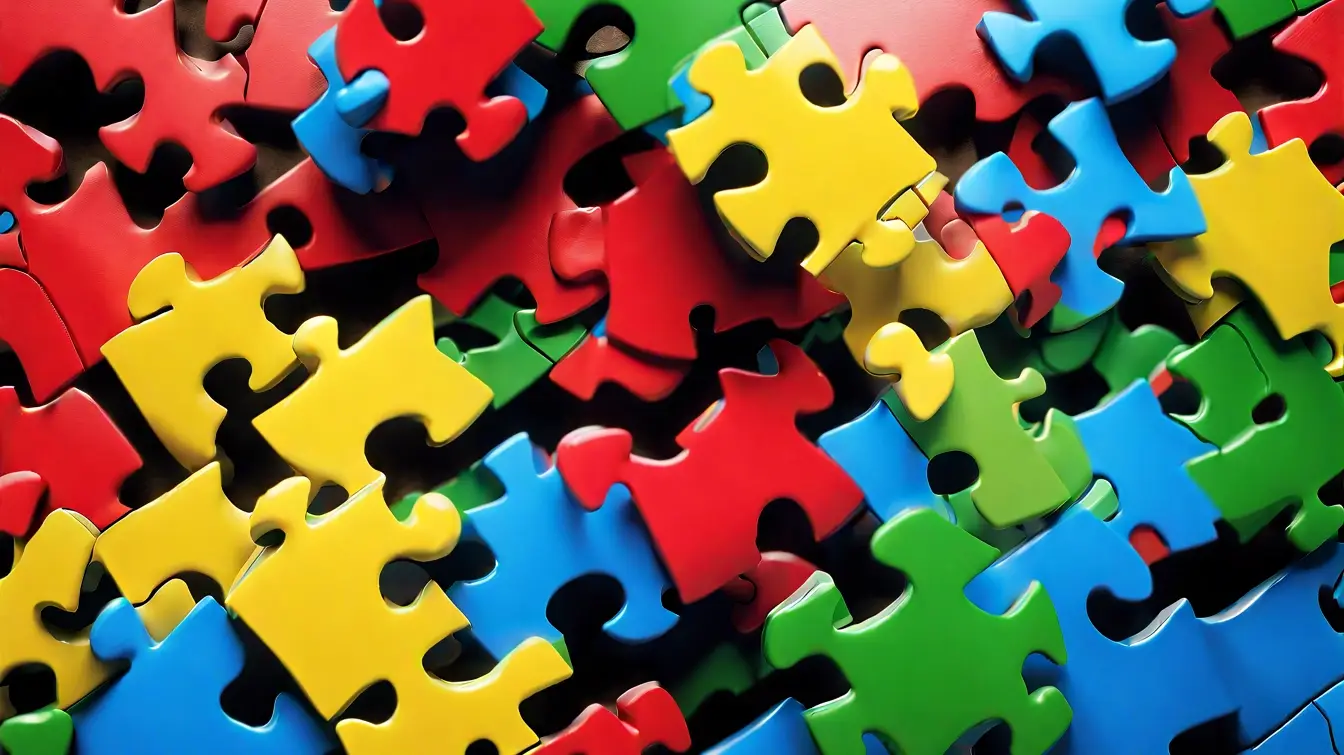Hearing aids are remarkable technology that helps you hear better and communicate with people more easily. One of the downsides is that they may occasionally fall out of your ears. That can create some anxiety, especially if you are outside of your home. Here’s some advice on how to achieve a snug fit for your hearing aids.
Are Your Hearing Aids Constantly Falling Out? Here Are 6 Tips To Keep Them Securely In Your Ears
1. Do you notice that your hearing aids usually fall out of your ears during a specific time of day?
Maybe it’s when you’re eating, speaking, or working out – sweat from your ears can loosen hearing aids and cause them to fall out. That indicates that your hearing aids are poorly fit, and you’ll need a different size hearing aid dome or a customized earmold. If you have other dome sizes, try those out before seeking help from your hearing aid provider. If you need different hearing aid domes or would like a customized earmold, get in touch with us at Pure Sound Hearing.
2. Examine the inserts that you are placing in your ears.
If your hearing aids keep falling out of your ears, in time, it may be due to the size of the removable foam or silicone earpiece. If the earpiece is too big, inserting them into your ear canals will be difficult. They’ll slide out. Another issue is that if the earpiece is too small, moving your head or leaning forward too quickly will cause it to fall out. Pull out the foam tips and replace them every 2-3 weeks.
Silicon tips receive a replacement every 4-6 months. If they have not changed for a long time, this might be the problem. If the ear molds were custom fit for your ears, you may need to be re-fit. As you age, the size of your ears changes. It’s not an unusual request to have a re-fitting. Generally, this is the main culprit that prevents a good hearing aid fit.
3. Pay attention to the way you insert your hearing aids.
Sometimes, hearing aids may loosen from your ears because you are not inserting them properly. Be sure to insert hearing aids correctly and in the correct ears for customized fit devices. The hearing aid should fit evenly and right up against the ear canals or the outer ear lobe if the hearing aids are larger. If they don’t slide in comfortably, use a mirror to look and check to make sure they are going in properly. Read the owner’s manual, or ask your hearing instrument specialist for advice.
4. Clear out earwax.
If you don’t find any problems with your hearing aids, it’s important to realize earwax build-up is causing your hearing aids to fall out. Earwax build-up can push your hearing aids out of your ears. Safely clean your ears. Do NOT use Q-Tips or anything small to insert into the ear. A professional can use an irrigation and suction method or a curette tool to clean your ears. With the irrigation method, a syringe containing warm water is inserted in your ear, which allows water to flow behind the obstruction and eventually flush it out of the ear. The suction method uses a suction machine to clear the wax out of the ears. A curette tool is a thin metal hook that gently scrapes into the ear canal to scoop out the earwax.
5. Use hearing accessories.
If you have an active lifestyle, you may have challenges keeping your hearing aids on after exercising or engaging in an extensive activity. That’s particularly true if you sweat a lot during the exercise/activity. Try using an accessory such as a clip, headband, or strap.
6. Maybe you need new hearing aids.
If you’ve had your hearing aids for more than five years, they may not fit anymore because the shape of your ears has changed. In any case, everyone’s ears tend to become larger and stretched out as they age. To be sure to have a snug fit for your hearing aids, replace the ear molds every 4-5 years.
These are just some of the most common causes specifically preventing a snug fit for your hearing aids. If none of these reasons apply to you – or you continue to have difficulties after figuring out the cause – schedule an appointment with one of our hearing instrument specialists at Pure Sound Hearing.

